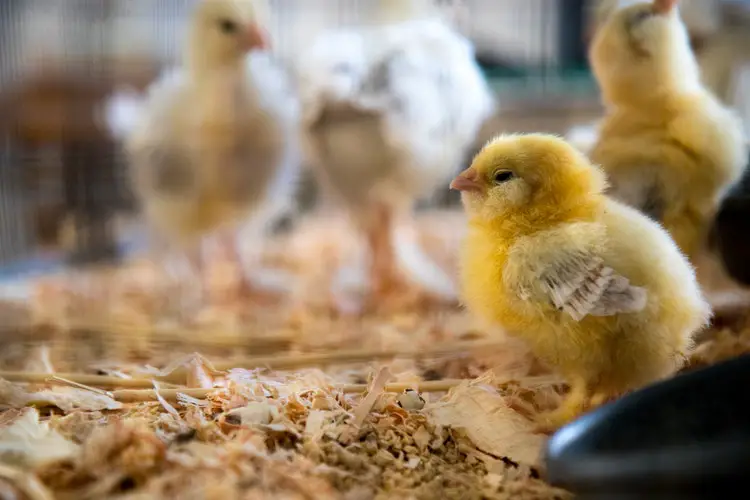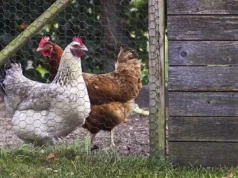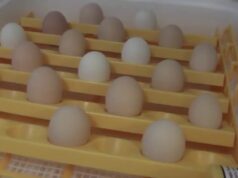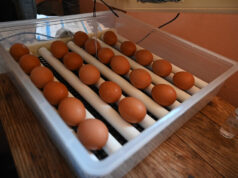Raising chicks is a delightful experience for many, pouring life into your backyard or farm. Yet, it demands an understanding of chick brooder basics. At the start of their lives, chicks are vulnerable, needing warmth, food, and protection. A brooder fulfills these needs, simulating a mother hen’s conditions. The importance of a proper brooder cant be overstated, ensuring your chicks thrive from day one.
Whether you’re a seasoned chicken owner or a first-time chick parent, embracing these basics can set a strong foundation for your flock. Settle in, as we dive deep into creating the optimal environment for your chicks.
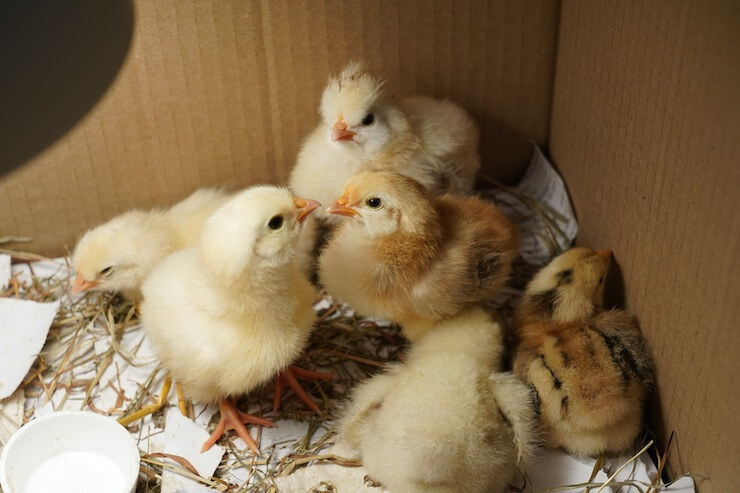
What is a Chick Brooder?
A chick brooder is an enclosed space that provides warmth and safety for newly hatched chicks. It replicates the conditions a mother hen would provide, such as consistent heat and protection from predators or environmental stressors. This critical aspect of chicken care is essential for those aiming to raise healthy birds.
Setting Up Your Brooder
Setting up a brooder is straightforward yet fundamental. The essential components include:
1. Heat Source
Chicks, unable to regulate their body temperature, need a heat source. A heat lamp or radiant heater is commonly used, placed above the brooder to maintain a temperature around 95F (35C), reducing by 5F each week until heating isnt required.
2. Enclosure
The brooders enclosure should be secure, spacious enough to accommodate the growing chicks but small enough to maintain warmth. Cardboard boxes or specially designed brooder boxes are popular choices. Ensure the walls are high enough to prevent chicks from escaping.
3. Bedding
A suitable bedding like pine shavings offers comfort and cleanliness. Avoid using cedar shavings due to their potentially harmful fumes. Bedding should be frequently changed to maintain hygiene.
4. Food and Water
Provide chicks with easy access to clean water and a balanced starter feed. The feed should be appropriate for their age to support growth and health. Ensure feeders and waterers are shallow to prevent drowning.
Monitoring Chicks
Observing your chicks regularly is crucial to catch any health issues early. Look for signs of distress such as loud chirping or huddling, which indicate temperature issues. Checking daylight effects on chicks can also influence their growth and well-being.
Common Challenges and Solutions
1. Temperature Fluctuations
Ensure a reliable thermostat is used to monitor brooder temperature. Inconsistent temperatures can cause health issues.
2. Dampness
Keep the brooder dry by frequently changing bedding. Moisture can lead to illness.
3. Overcrowding
As chicks grow, increase space to prevent stress and promote healthy development.
Importance of a Suitable Brooder
The importance of selecting an appropriate brooder can’t be emphasized enough. A well-maintained brooder secures the future health of your chickens, influencing their egg quality and frequency. For further understanding, you may explore how many eggs a hen may lay in response to initial care.
Conclusion
Mastering chick brooder basics equips you to nurture lively and productive chickens. By ensuring the right temperature, space, and care, you pave the way for your flock’s success. Remember, a strong start with proper brooding arrangements means healthier chickens and, eventually, better eggs.
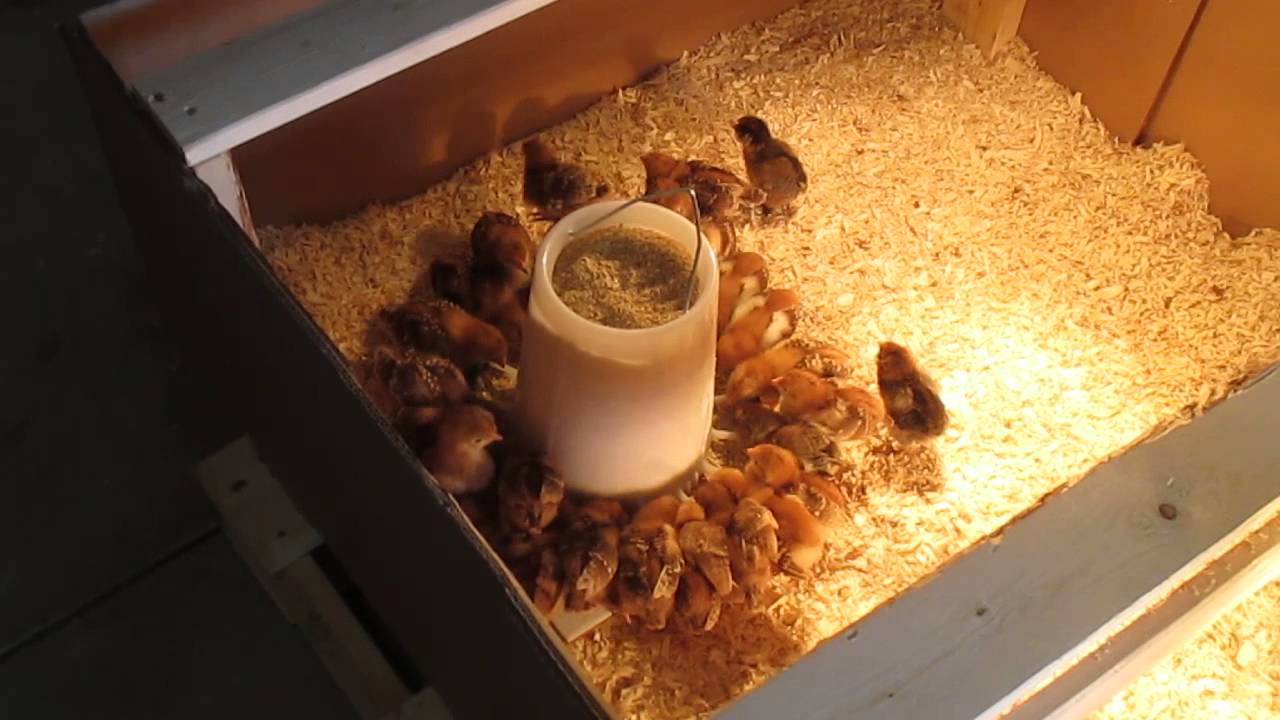
Frequently Asked Questions
1. What equipment is necessary for a chick brooder?
A heat source, secure enclosure, suitable bedding, and provisions for food and water are essential for setting up a brooder.
2. How often should I change the bedding?
Change the bedding every few days or whenever it appears soiled to maintain cleanliness and prevent disease.
3. When can chicks be moved out of the brooder?
Chicks are usually ready to leave the brooder when they are fully feathered and can regulate their body temperature, typically around six weeks of age.
This article contains affiliate links. We may earn a commission at no extra cost to you.
